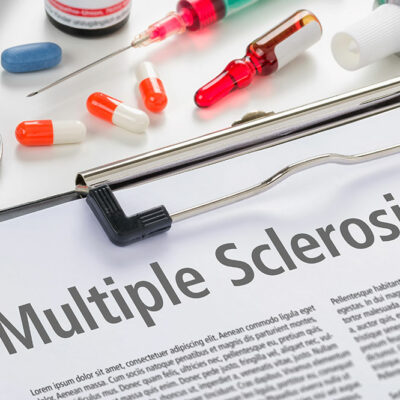5 mistakes to avoid before buying an electric car

While electric vehicles have been around for some time, they are still not the first choice of most buyers due to the lack of adequate charging infrastructure in most cities and their inherent complexities. Electric vehicles are the future, so such shortcomings will certainly be addressed in a few years. Buying electric cars is a sound investment choice for buyers. However, they need to be wary of making certain mistakes while purchasing these vehicles.
Not comparing multiple models before making a purchase
One of the biggest mistakes to avoid when buying electric cars is to instantly opt for the most popular model without prior research. As per the sales numbers, certain cars, like Renault’s Zoe and Nissan’s Leaf, are bestsellers. So, is it wise to blindly put money on them? Probably, but there is still a possibility that these cars will not meet all the daily requirements of every buyer.
Instead, one must compare as many models available before zeroing in on the one that ticks the most personal requirement boxes. Comparing different offers that each carmaker provides and evaluating various aspects of each vehicle on parameters such as mileage, cargo space, ease of use, and others helps buyers make more informed selections.
Ignoring travel distance needs
When buying gasoline-powered cars, it is easy to calculate the amount of fuel that a given vehicle will consume each day based on the buyer’s travel distance. The same goes for electric cars. However, due to the relative rarity of charging stations, one needs to consider travel distance and charging requirements more carefully. So, for instance, if a person travels 50 miles every day to get to their workplace, they need a vehicle with a range much greater than 100 miles. This ensures that drivers do not spend a lot of time every week on charging alone.
Not considering cargo space
Most electric vehicles store their batteries in the trunk for proper body distribution. As a result, it eats into the cargo storage space of the car. Therefore, one may not be able to store as much in the trunk of, say, a Honda Civic Hybrid compared to that of a standard Civic.
Not considering the cargo space of an electric car is one of the biggest mistakes one must avoid when buying electric cars. This is why, one must check the dimensions before putting their hard-earned money into a car.
Overlooking tax credits
Electric cars are expensive compared to their standard counterparts. However, most electric vehicles come with tax credits. Essentially, these credits are the government incentive buyers get for actively contributing to environmental sustainability by purchasing these vehicles. For instance, in certain states, the tax credits receivable can be as high as $7,500 for every electric car purchase.
One needs to know this in order to claim it and reduce their tax liability accordingly.
Taking a massive auto loan
As electric vehicles burn a deeper hole in the pocket than other vehicles on the road, one will need to take a bigger loan to buy them. However, taking large loans is risky due to the equally gargantuan repayment rates attached to them. Instead, using other financing avenues is better when buying electric cars. If possible, try to save as much as possible before buying a car.










